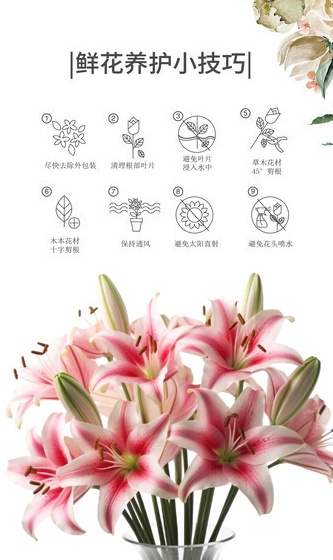Unified Types
In Scala, all values have a type, including numerical values and functions. The diagram below illustrates a subset of the type hierarchy.
Scala Type Hierarchy
Any is the supertype of all types, also called the top type. It defines certain universal methods such as equals, hashCode, and toString. Any has two direct subclasses: AnyVal and AnyRef.
AnyVal represents value types. There are nine predefined value types and they are non-nullable: Double, Float, Long, Int, Short, Byte, Char, Unit, and Boolean. Unit is a value type which carries no meaningful information. There is exactly one instance of Unit which can be declared literally like so: (). All functions must return something so sometimes Unit is a useful return type.
AnyRef represents reference types. All non-value types are defined as reference types. Every user-defined type in Scala is a subtype of AnyRef. If Scala is used in the context of a Java runtime environment, AnyRef corresponds to java.lang.Object.
Here is an example that demonstrates that strings, integers, characters, boolean values, and functions are all of type Any just like every other object:
val list: List[Any] = List( "a string", 732, // an integer 'c', // a character true, // a boolean value () => "an anonymous function returning a string" ) list.foreach(element => println(element))
It defines a value list of type List[Any]. The list is initialized with elements of various types, but each is an instance of scala.Any, so you can add them to the list.
Here is the output of the program:
a string 732 c true <function>
Type Casting
Value types can be cast in the following way:
Note that Long to Float conversion is deprecated in new versions of Scala, because of the potential precision lost.
For example:
val x: Long = 987654321 val y: Float = x.toFloat // 9.8765434E8 (note that some precision is lost in this case) val face: Char = '☺' val number: Int = face // 9786
Casting is unidirectional. This will not compile:
val x: Long = 987654321 val y: Float = x.toFloat // 9.8765434E8 val z: Long = y // Does not conform
You can also cast a reference type to a subtype. This will be covered later in the tour.
Nothing and Null
Nothing is a subtype of all types, also called the bottom type. There is no value that has type Nothing. A common use is to signal non-termination such as a thrown exception, program exit, or an infinite loop (i.e., it is the type of an expression which does not evaluate to a value, or a method that does not return normally).
Null is a subtype of all reference types (i.e. any subtype of AnyRef). It has a single value identified by the keyword literal null. Null is provided mostly for interoperability with other JVM languages and should almost never be used in Scala code. We’ll cover alternatives to null later in the tour.
相关知识
梅兰竹菊类熟语研究
The differences of water conservation function under typical vegetation types in the Pailugou catchment, Qilian Mountain, northwest China
Effects of woodland types with different levels of human disturbance on pollinators: A case study in Gongyi, Henan, China
Vegetation dynamics and its response to climate change and human activities based on different vegetation types in China
Stage Identification and Morphological Types of Bud Maturity or Floweringin Paeonia lactiflora Cultivars
Comparison of phylogenetic diversity and ecological types of root
耕地和草地土壤健康研究进展与展望
水产养殖水质调控2教学资料
厂家**各种窗帘花 节日庆典花 各种胸花配饰
厂家**各种纯手工仿真花 各种节日庆典花 服饰花 帽花
网址: Unified Types https://www.huajiangbk.com/newsview2247953.html
| 上一篇: WildFly Swarm In |
下一篇: Mozilla Public L |
推荐分享

- 1君子兰什么品种最名贵 十大名 4012
- 2世界上最名贵的10种兰花图片 3364
- 3花圈挽联怎么写? 3286
- 4迷信说家里不能放假花 家里摆 1878
- 5香山红叶什么时候红 1493
- 6花的意思,花的解释,花的拼音 1210
- 7教师节送什么花最合适 1167
- 8勿忘我花图片 1103
- 9橄榄枝的象征意义 1093
- 10洛阳的市花 1039










